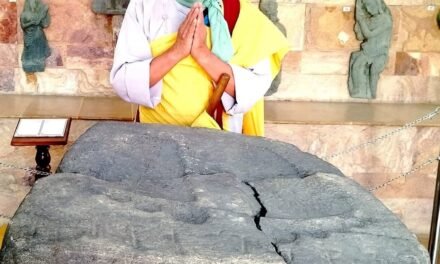By Fazal Khaliq
SWAT: In the aftermath of the catastrophic 2022 floods that struck destruction in Upper Swat, Aryana hamlet in Tahsil Bahrain stands as a testament to human endurance, communal spirit, and the grave reality of climate change. The floodwaters washed away homes, bridges, and large stones and rocks, exacerbating the inhabitants’ struggle for survival.
As the floodwaters receded, Aryana was confronted with the loss of about 60 homes and crucial bridges and the unusual issue of massive boulders and rocks left behind by the storm. Locals shared their concerns with the daily Dawn and said the 2022 floods were more hazardous and frightening than ever before, highlighting the foreboding consequences of climate change on their previously tranquil community.
Zulqarnain Mulakhel, a local activist working with other villagers in the bridge construction, said that the villagers asked the government to reconstruct the bridge, which was their only means of linking them with the rest of the country, but the government completely ignored them.
“When we became frustrated with the government’s lack of response, we decided to build the bridge using a local wood and stone technique, but when we started building the bridge, the forest department came and fined us for using the wood,” he explained, adding that Arayana is a total village council comprising of five villages with a population of around 5000 people.
Khan Gul Khan, an elder of the community who was laying stones in the bridge, stated that most people are involved in agriculture, but because their land has been swept away, they aim to travel to Punjab to find work.
Residents of Aryana decided to take issues into their own hands after becoming dissatisfied with the government’s slow response. They set out on a mission to build a new bridge using local materials, combining traditional wisdom with a personal touch fueled by a collective will to repair.
The community’s response to the situation stretched beyond the bridge. With chairlifts becoming dangerous and sad due to severed wires, Aryana’s people turned hardship into creativity in their commitment to safety. They not only repaired relationships, but they also prioritized the well-being of their children and the larger community.
In discussing the floods, residents expressed their insights on the changing nature of the tragedy.
They noticed the appearance of massive boulders and rocks, clear reminders of the changing climate patterns altering their previously familiar terrain. Aryana’s narrative thus becomes not simply one of local resilience but also a heartbreaking mirror of the greater global issues faced by climate change.





